All Episodes
Displaying 91 - 120 of 902 in total
Ryan Havers (Ears with Eyes): Electro-Punk, Satire & Creative Freedom
In this episode of 'The Truth in This Art,' host Rob Lee speaks with Ryan Havers, also known as Ears with Eyes, an electro-punk performance artist who critiques corpor...

Chloe Vaughn on Baltimore’s Legendary Dive Bar, Mount Royal Tavern
In this episode of The Truth in This Art, Rob Lee welcomes Chloe Vaughan, longtime bartender at Baltimore’s iconic Mount Royal Tavern. Known for its storied history, e...

Boaz Yakin and Mecca Verdell on 'Once Again (For the Very First Time)': A Deep Dive into Hip-Hop, Dance, and Storytelling
In this episode, I sit down with Mecca Verdell and Boaz Yakin to discuss their film Once Again (For the Very First Time) , an electrifying hip-hop fantasia that delve...
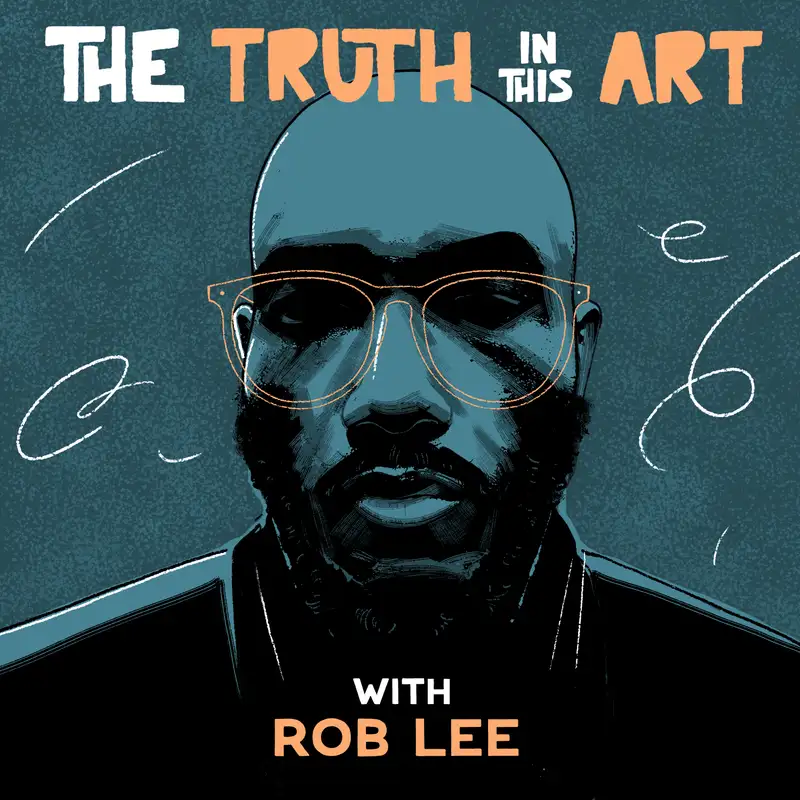
Eyas (Jenna Balderson) Discusses 'Quiet-loud' Debut EP
Baltimore musician Eyas (Jenna Balderson) discusses her genre-blending debut EP 'Quiet-loud,' merging indie-pop, jazz, RnB, and folk. In this episode of The Truth in T...

Sonic Lifeline: Reviving Jazz & Connection at The Hemingway Room
In this episode of The Truth in This Art, host Rob Lee is joined by Ed Baldi and Nick Moreland, co-founders of Sonic Lifeline, a platform that provides musicians with ...

Greg Mike on the Power of Murals, Cartoon Influence & Bringing Atlanta’s Art Scene to Life
In this episode of The Truth in This Art, I chat with Greg Mike, a renowned street artist and founder of Atlanta's ABV Gallery. Greg opens up about his path from skate...

#92 – Andy J. Pizza – Can Turning Up the Volume Make Creativity Louder?
In this episode, I sit down with Andy J. Pizza, a New York Times bestselling author-illustrator and the creative force behind the podcast Creative Pep Talk. Known for ...
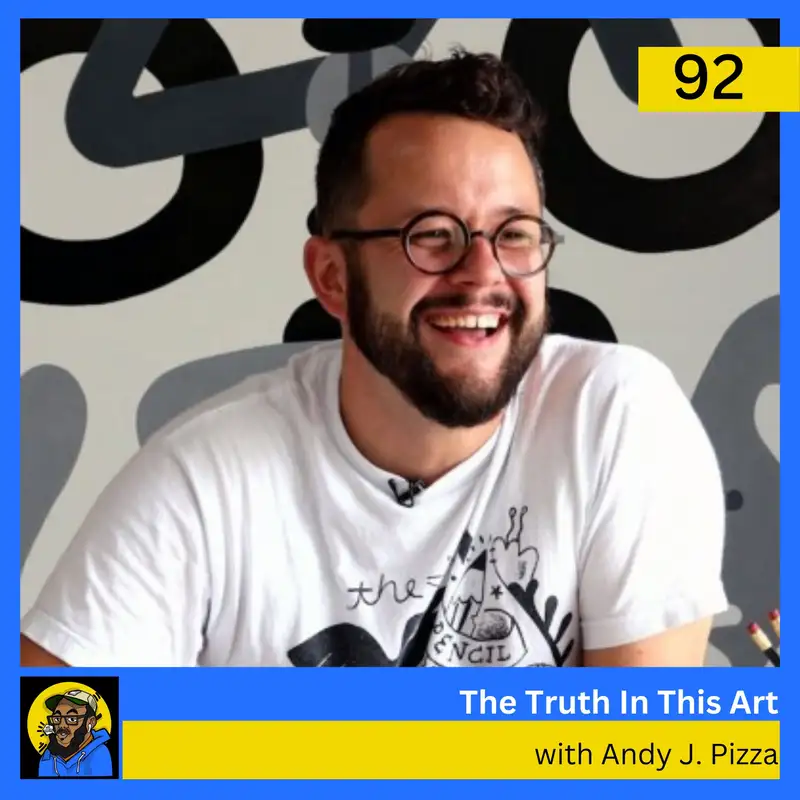
Michael Carini: Turning Pain into Purpose with Acrylic Alchemy
In this episode, I sit down with Michael Carini, the neurodivergent artist famously known as the "Acrylic Alchemist." Michael has captivated audiences worldwide, with ...

Dominic Moore-Dunson: Telling Stories Through Dance & The Remember Balloons
In this episode of The Truth in This Art, host Rob Lee engages in a captivating conversation with award-winning choreographer, dancer, producer, and educator Dominic M...

Jennifer Murray on Curating Contemporary Art and Education at 21c Museum Hotel Chicago
In this episode, Rob Lee sits down with Jennifer Murray, a Chicago-based artist, educator, and cultural producer who serves as the Museum Manager at 21c Museum Hotel C...
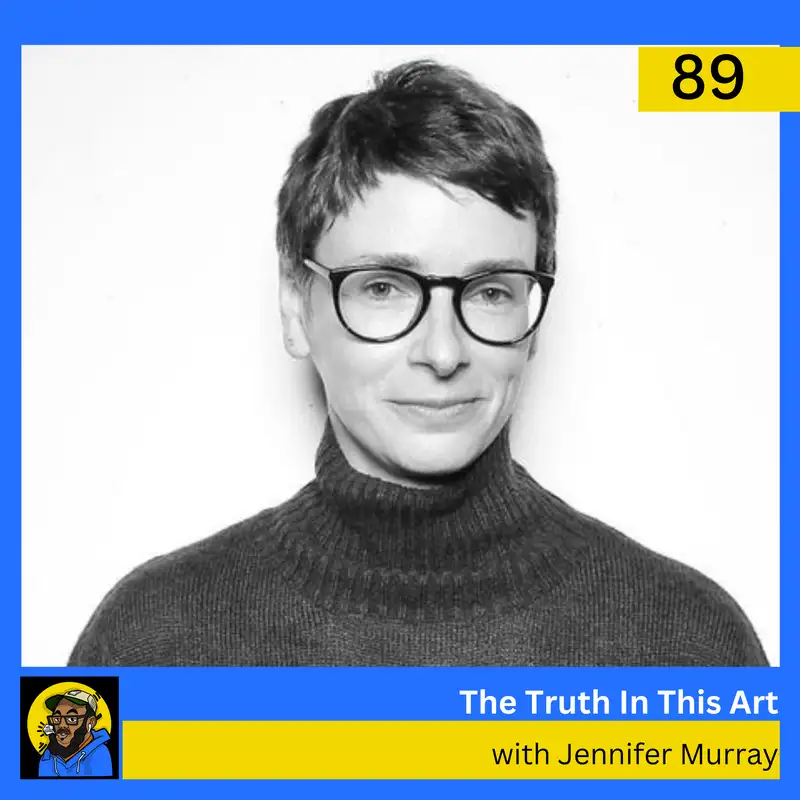
Diana Jean Schemo: Investigative Journalism & Double Exposure Film Festival
In this special Election Day episode of The Truth In This Art, join me as I sit down with Diana Jean Schemo, co-founder of 100Reporters and the visionary behind Doubl...

Lea Anderson on the Chilling Power of Horror & Monster Theory
In this episode of The Truth In This Art, I had the pleasure of speaking with horror scholar and freelance writer, Lea Anderson. Lea Anderson's work, especially at th...
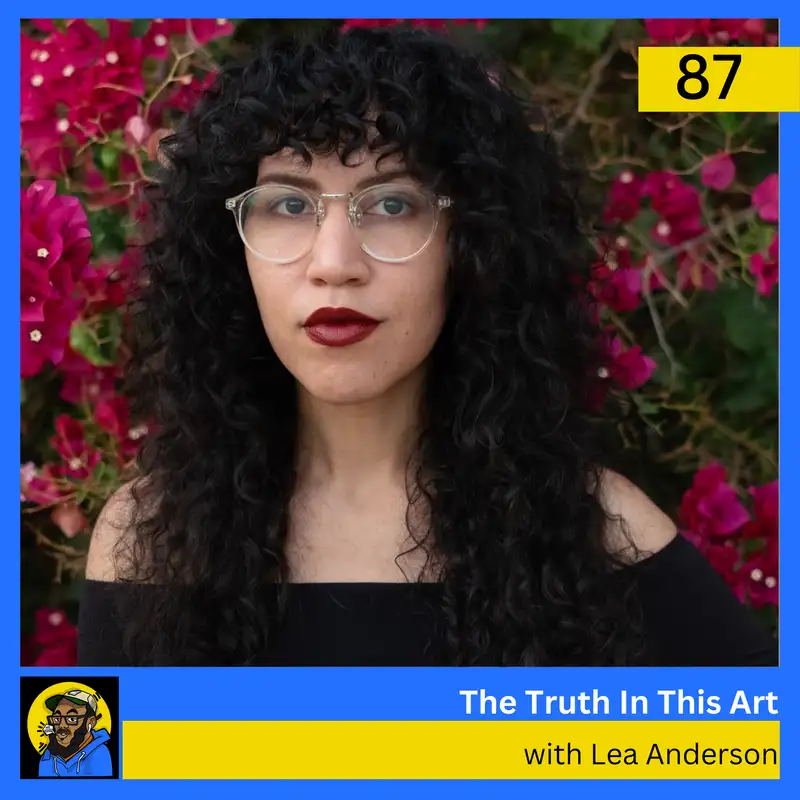
#86 – Gigi Murakami – How Black Horror Manga Turns Revenge Into a Visual Language
In this episode of The Truth in This Art, I sit down with Gigi Murakami, the Queen of Black Horror Manga. Gigi Murakami is an Ignatz-nominated mangaka, illustrator, an...
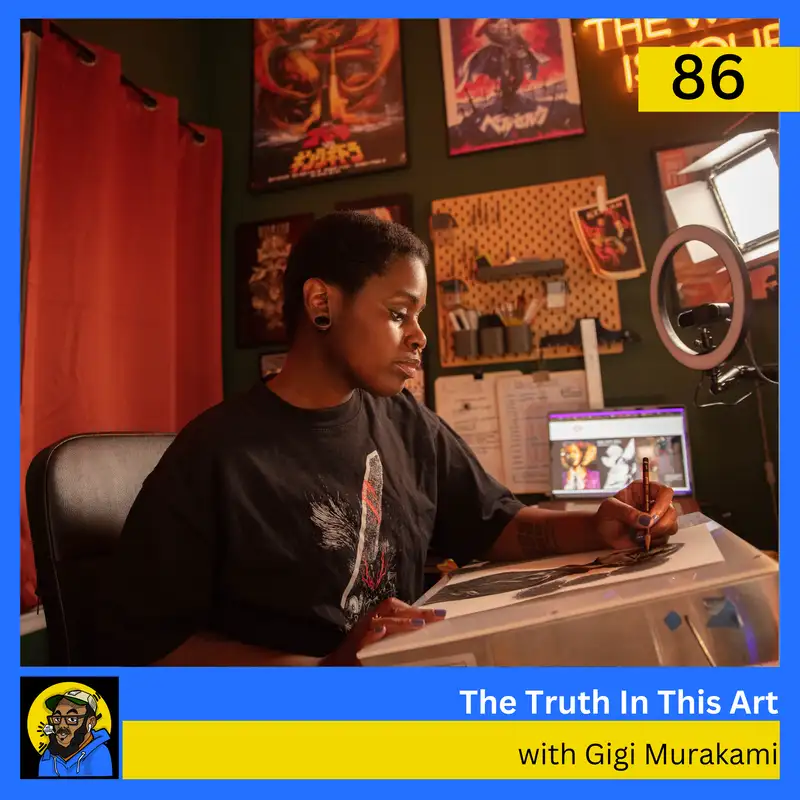
Keith Dukes & Tony Diallo on Building Pixalfest and Fostering Community Through Film
In this episode, I sit down with Keith Dukes III and Tony Diallo, the creative forces behind Pixalfest, a short film festival in Washington, DC, that showcases the wor...

#84 – Katie Pumphrey – Can Swimming From the Bay to Baltimore Change How We See the City?
In this episode, I interview ultra-marathon open water swimmer and visual artist Katie Pumphrey. Katie Pumphrey's work explores the connections between human instincts...
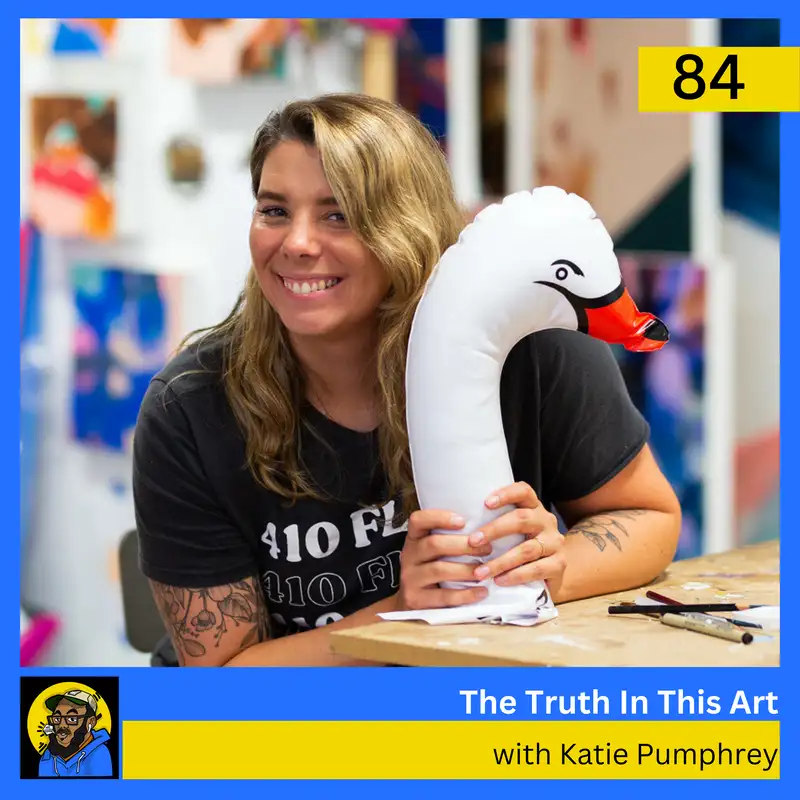
Kait Kluswitz: Retro Inspirations, Space Transformations & the Art of Context
In this episode, I interviewed Kait Kluswitz, the creative force behind Kait K Designs. Kait’s journey to becoming a full-time artist followed an unconventional path. ...
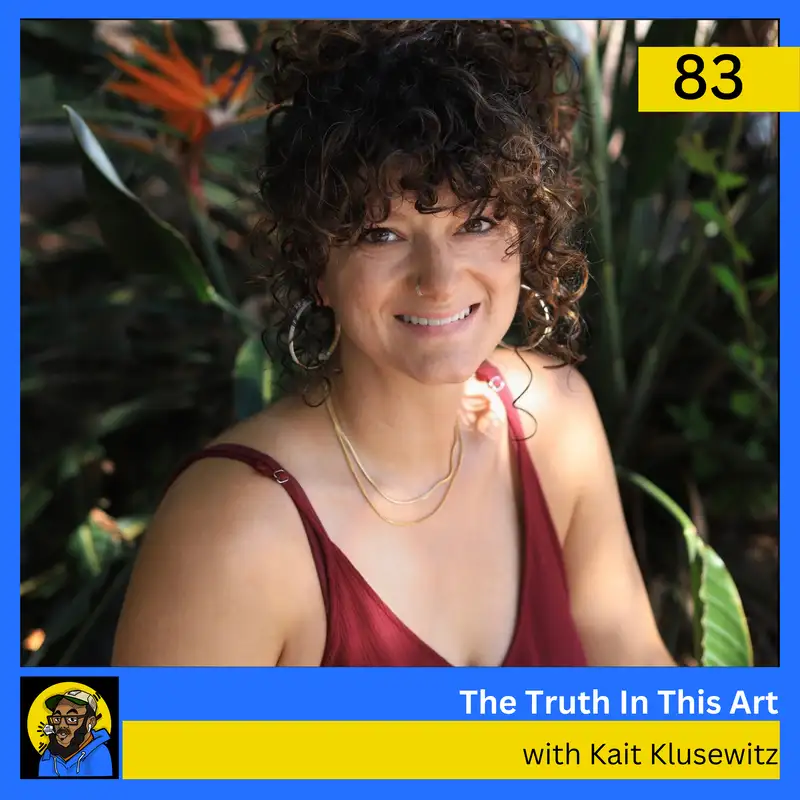
#82 – Freako Rico – How Hip-Hop and Street Culture Power Artistic Authenticity
In this episode of The Truth In This Art, Rob Lee sits down with Freako Rico, an Atlanta-based visual artist known for his bold and humorous works. Freako shares his c...

Ainsley Burrows: The Third Future, Creative Process & Abstract Portraiture
In this episode, I sit down with Ainsley Burrows, a multidisciplinary artist originally from Kingston, Jamaica, now based in Baltimore. Ainsley Burrows's groundbreakin...

Christopher Williams, 'The Black Da Vinci': Exploring Black Joy & Representation in Visual Art
In this episode of 'The Truth in This Art,' host Rob Lee sits down with Christopher Williams, known as The Black Da Vinci, a visual artist originally from the West Coa...

Imani Dennison on Black Culture, Storytelling, and The People Could Fly
In this episode of The Truth in This Art, I sit down with multidisciplinary artist, curator, and award-winning filmmaker Imani Dennison. Imani’s work delves into the r...
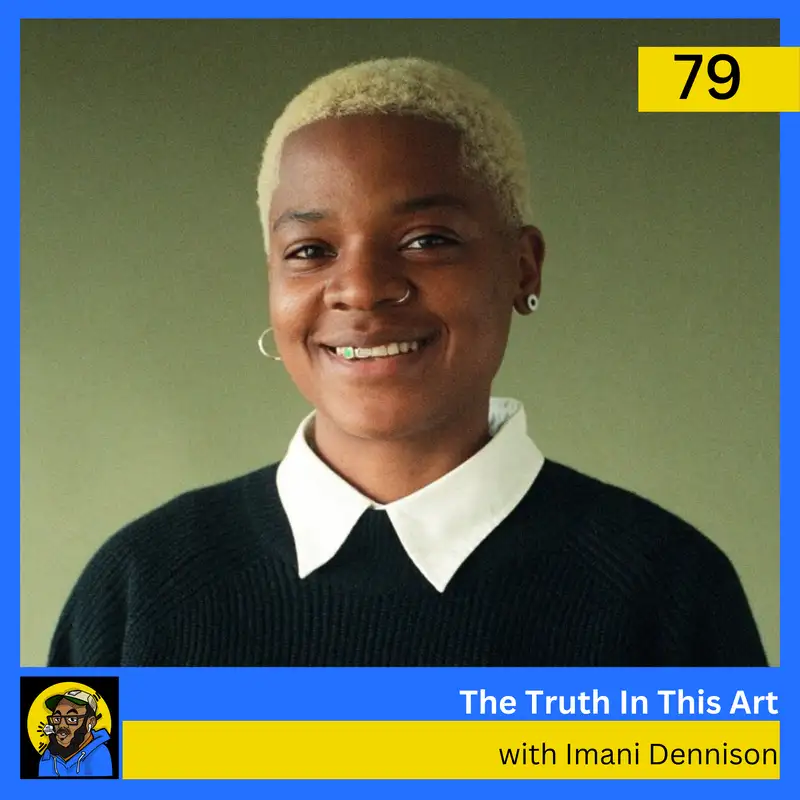
Zach Michel on Bold Theater and Charm City Fringe's 10th Festival
In this episode of The Truth in This Art, I sit down with Zach Michel, co-founder of the Charm City Fringe Festival, as we celebrate its 10th anniversary. We dive into...
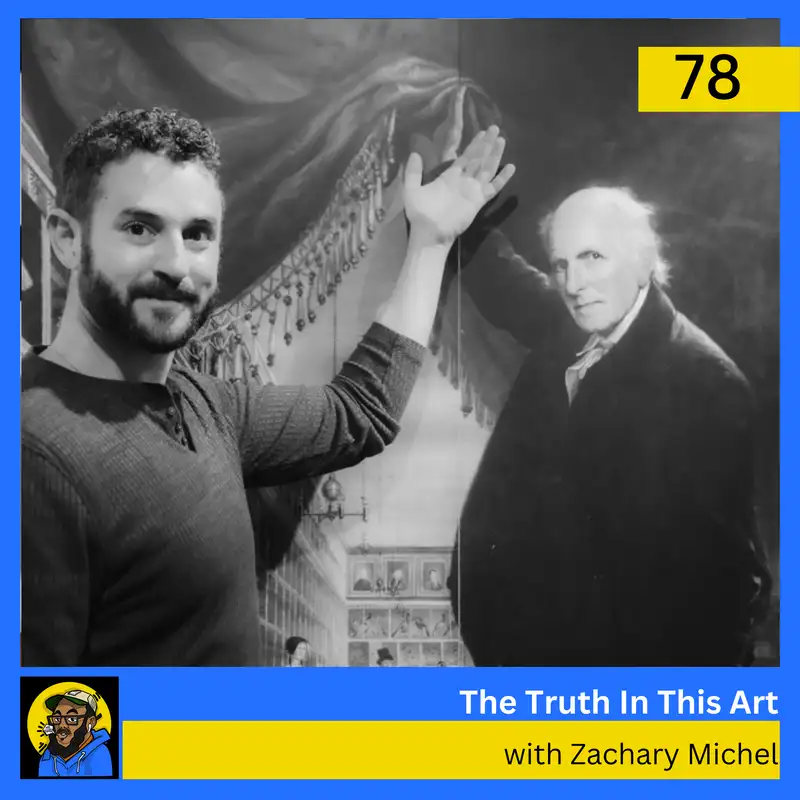
Secret Walls Founder Terry Guy on Global Art Battles & The Art of Competition Tour
In this episode of The Truth In This Art, I sit down with Terry Guy, the visionary founder of Secret Walls. Since launching in 2006, Terry has been a key figure in rev...

Lesley Malin on Joe Turner's Come and Gone & Baltimore's August Wilson Celebration
In this episode, I sit down with Lesley Malin, the Producing Executive Director of Chesapeake Shakespeare Company. Lesley helped grow this Baltimore gem into one of Ma...
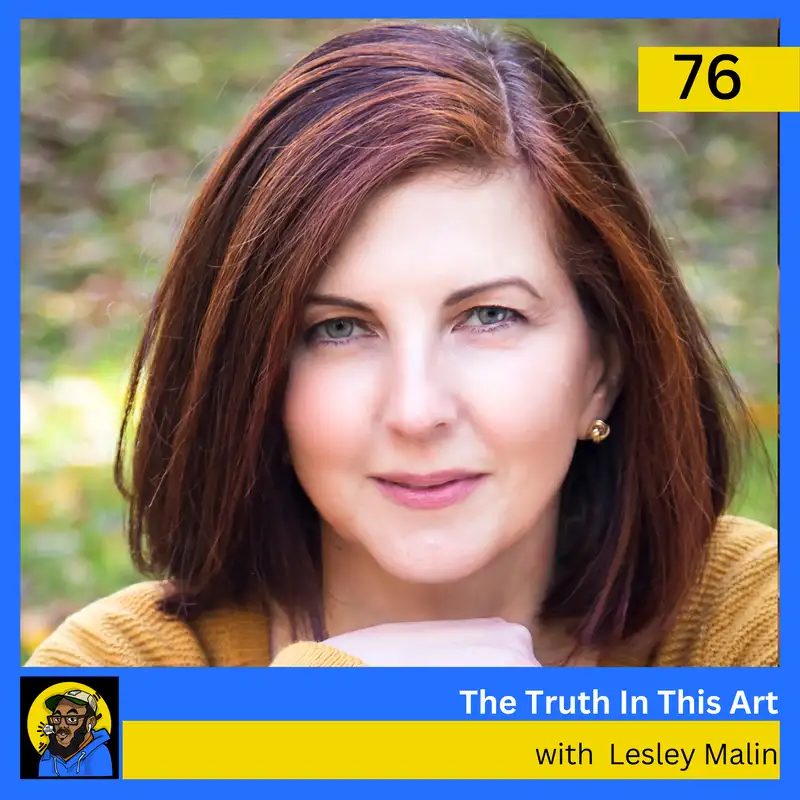
Chinai Routté on POTUS at Everyman Theatre: Comedy, Power, and Acting Insights
In this episode of The Truth in This Art, I sit down with Chinai Routte, an accomplished actor with performances spanning off-Broadway, regional theater, and film. Chi...

The Truth In This Art with the Founder & Creative Director of Tola's Room Christina Delgado
Christina Delgado underscores the importance of connection, collaboration, and uplifting cultural identities. In this episode of "The Truth in This Art," host Rob Lee ...

The Truth in This Art: BRUSH Mural Fest with Co-Founders Saba Hamidi, Jaz Erenberg, and Baltimore Convention Center Executive Director Mac Campbell
In this episode of The Truth in This Art, I talk with BRUSH Mural Fest co-founders Jaz Ehrenberg and Saba Hamidi, along with Mac Campbell, Executive Director of the Ba...

The Truth In This Art: Yesenia Mejia Herrera on Latinx Traditions & Cultural Preservation
In this episode of 'The Truth in This Art,' host Rob Lee interviews Yesenia Mejia Herrera, an interdisciplinary artist, activist, and educator originally from Oaxaca, ...

The Truth In This Art: Baltimore MET Gala Producers LaRian Finney & Derrick Chase Interview
In this episode of The Truth in This Art, host Rob Lee interviews LaRian Finney and Derrick Chase, the visionary executive producers behind the Baltimore MET Gala, an ...
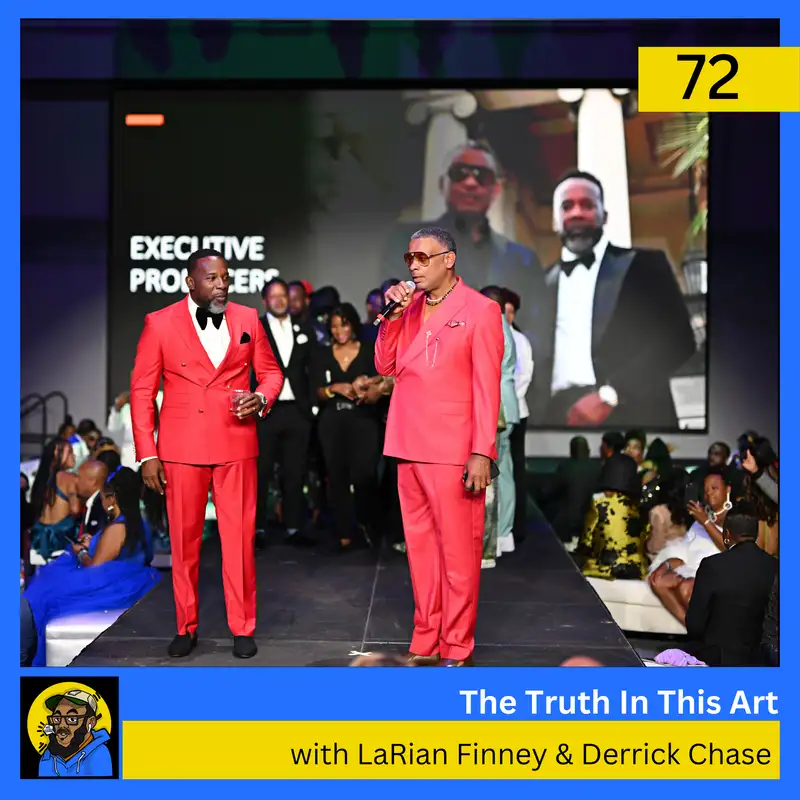
The Truth In This Art: Korean-American Visual Artist Katie Chung Interview
In this episode of The Truth in This Art, I talk with Katie Chung, a Korean-American visual artist from Chicago. We explore Katie Chung's artistic journey, from her ro...
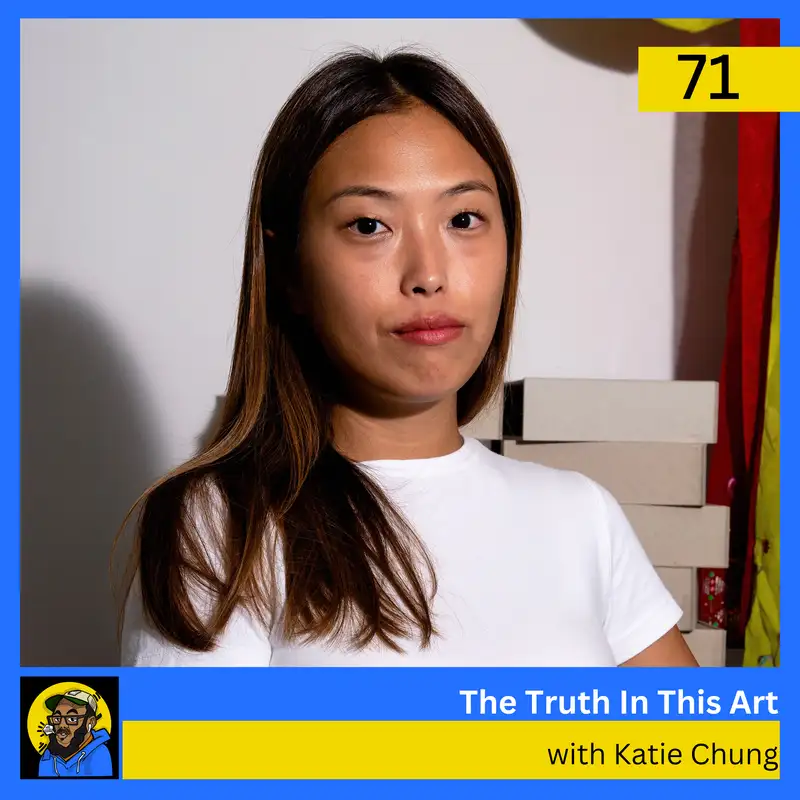
The Truth In This Art: Arts Educator & Founder of Adding Voices Flavia Zuñiga-West Interview
In this episode, Rob Lee talks with Flavia Zuñiga-West, arts educator and founder of Adding Voices. They discuss Flavia’s dedication to fostering diversity and inclusi...

